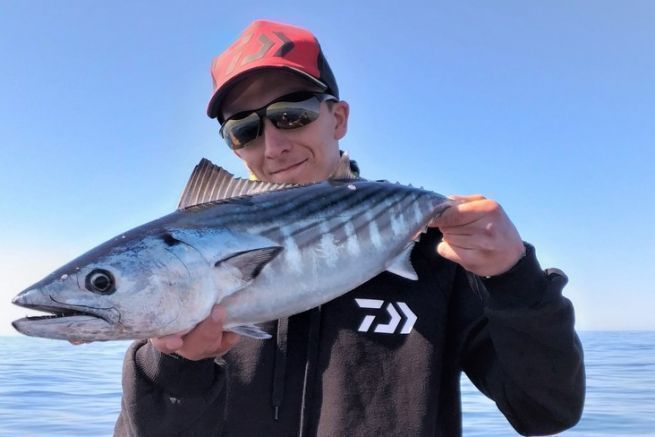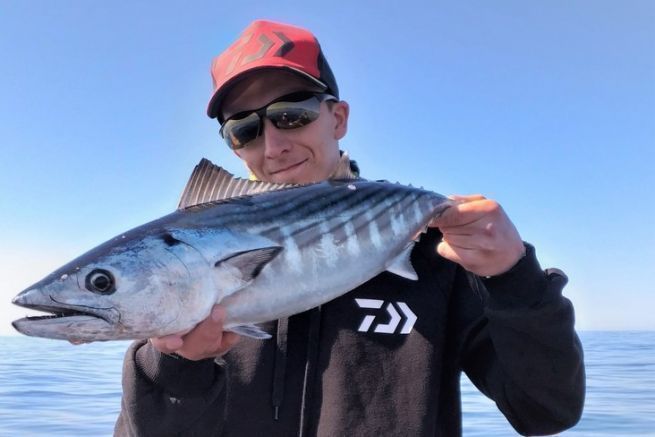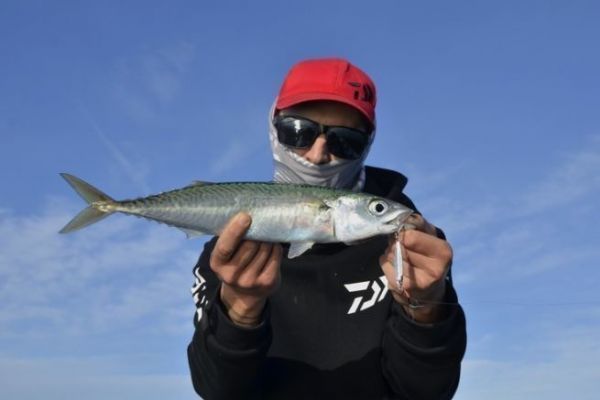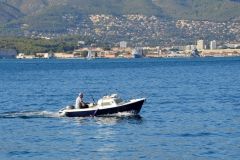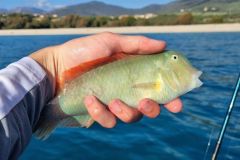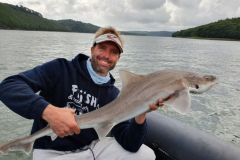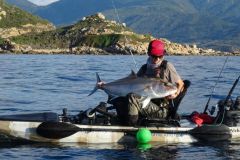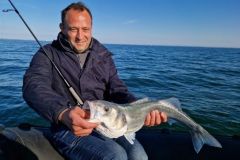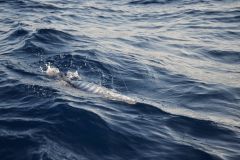Identify the fish species
It is important to know which species of fish is hunting, so as to adapt the fishing and the placement of the boat.
Pelamids have a very aggressive behavior. They strike the surface of the water at high speed, generating a splash similar to that of a popper. Pelamid hunts are very intense, but usually last a short time.
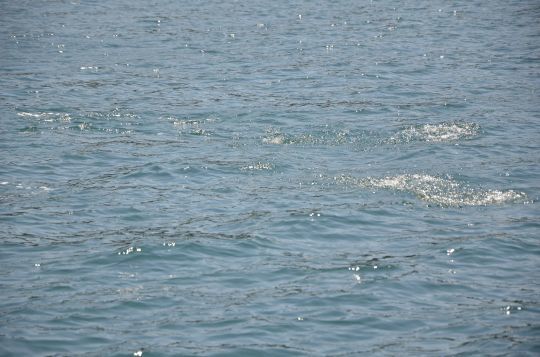
Bonito and tuna are slightly more discreet, they do what is called porpoising. These fish come up from the depths and lightly flush the surface before going down a few meters to come back up further. The splashes are small, but some fish jump completely out of the water when they reach the surface at too great a speed.
Mackerel and redfish create hunts that move very little, often scattered. They can often be recognized by the swirls on the surface and the noise they make, like a large drop of water falling on the surface.
Approach the hunt according to the fish
Each species of fish hunts in a different way, it is important to adapt its approach according to certain parameters.
Pelamid hunts are often very short, so approach quickly to less than 100 meters, then slow down and let the boat's area do the work. Pelamids are often very shy and a boat approaching too close will inevitably cause these predators to probe.
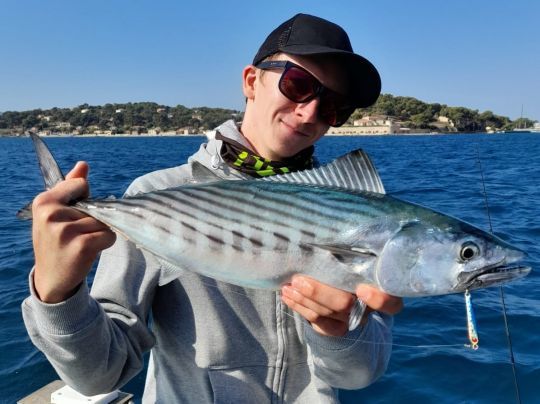
Bonito and tuna hunt by moving very fast, it is very important to anticipate the movement of the fish and to position the boat so that the fish get closer. To follow a hunt of such fish is almost impossible because of their impressive speed of movement.
Pike and mackerel are certainly the easiest to approach, but you have to remain discreet and not get too close. The hunts are often not very dense and spread over an area of 100 to 200 square meters. Ideally, place yourself on the periphery, at a casting distance, without cutting the engine. These fish often take advantage of the noise of a passing boat to avoid being heard by the forage fish, in compensation for the slow swimming speed they have compared to other pelagics.
Placement of the lure
Casting the right lure to the right spot, whether it's a jig, soft lure or hard lure, is the most important factor in game fishing.
Pelamids, whose hunts are very dense, can be simply stung in the middle of the broth or on the peripheries, they are the easiest fish to sting once the lure is in the hunt.
Tuna and bonito are another story, it is imperative to place the lure outside the hunt, but in the direction where the fish are going. A lure that will fall perfectly on the broth will often be ignored, because the fish will have already moved a few meters.
You will have to be as precise as possible to catch mackerel and redfish, the objective is to fall as close as possible to a broth. These fish often stay a few seconds on the same area and are therefore easy to decide if the cast is well placed.

 /
/ 